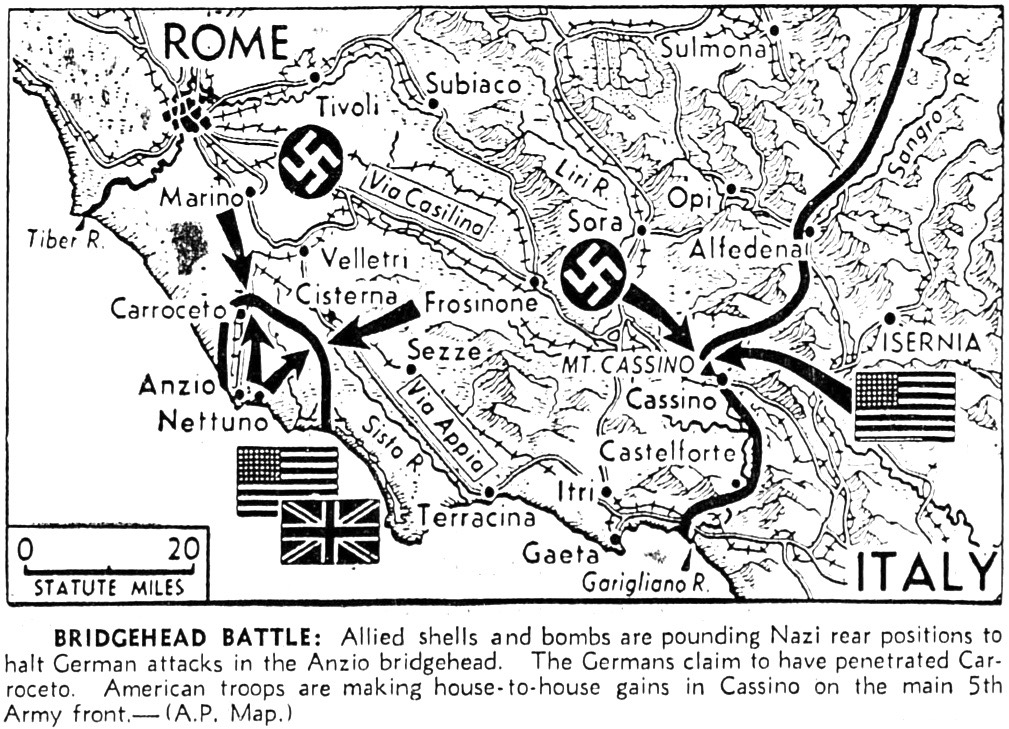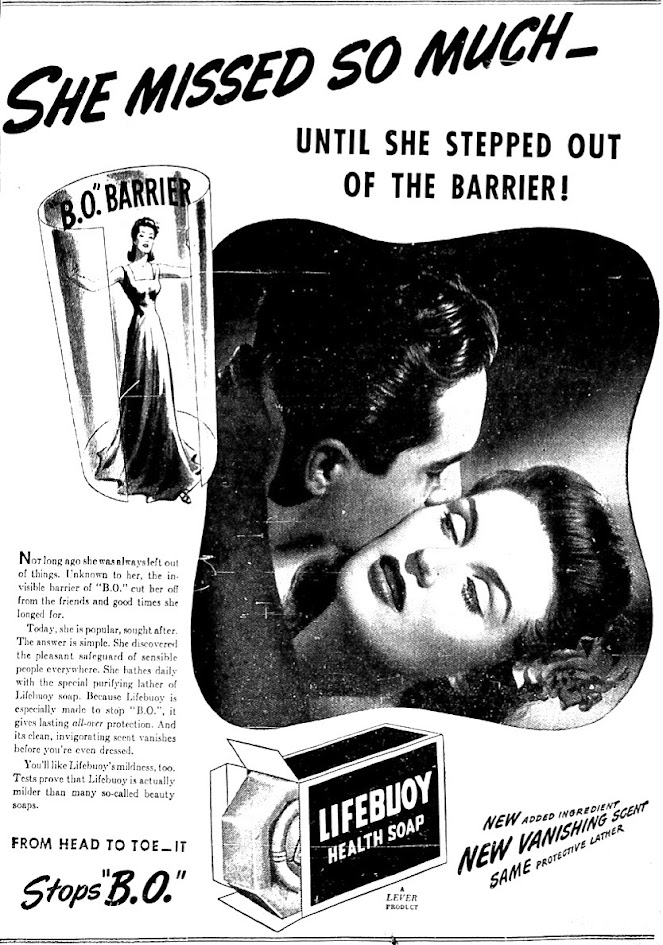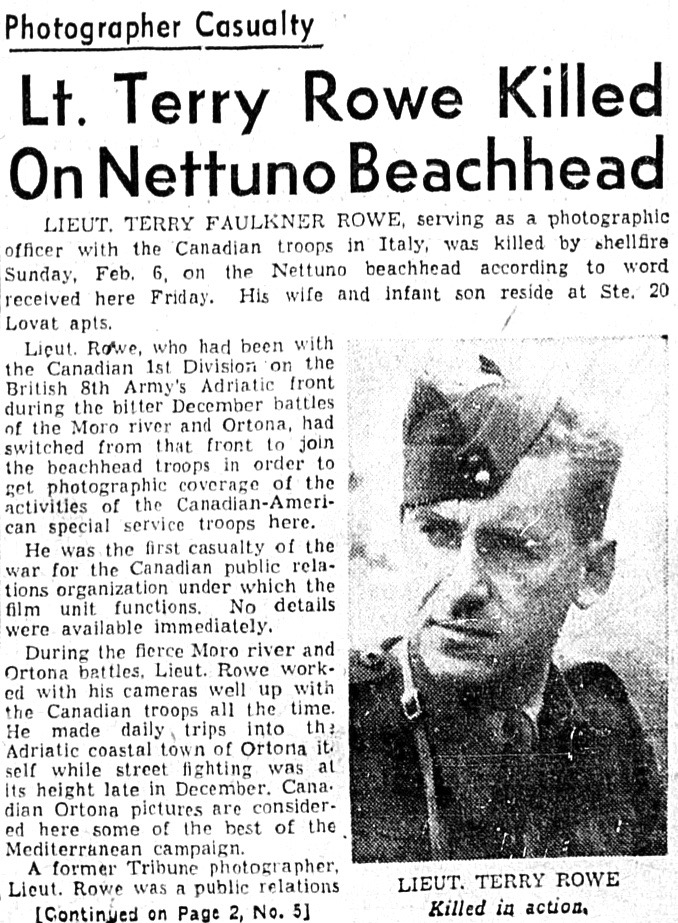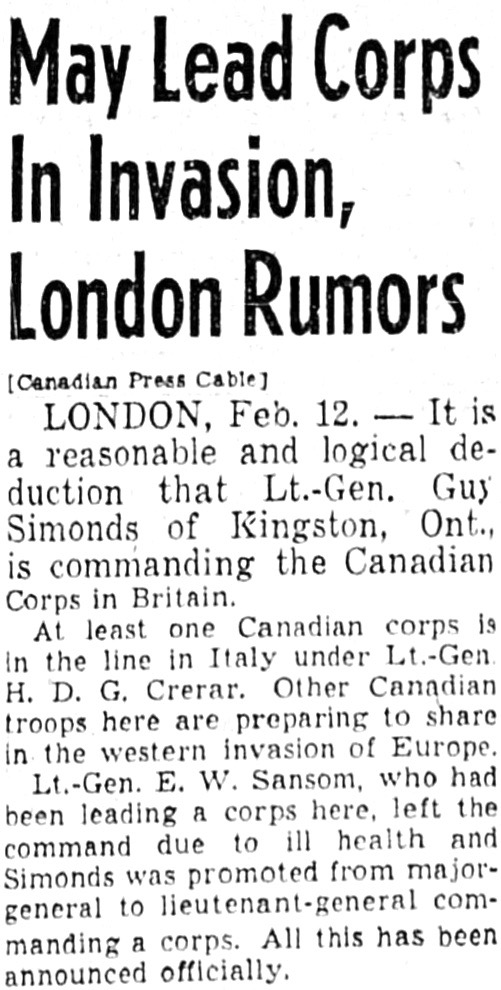The News and Views from Winnipeg, February 11 - 12 1944
Anzio Beachhead*, Beer Quota Gone (!), "Storm Bogs Tanks" and More
(*A link is provided to a video re the Anzio Beachhead and more)
Introduction:
The war raged in Italy and Russia and other fronts in the Pacific in early 1944 while dozens of young Canadians in Combined Ops - veterans of Dieppe, N. Africa, Sicily and Italy - adjusted to new routines at HMS Givenchy III, a Canadian navy base on The Spit at Comox, Vancouver Island, BC. They had returned from Europe in December and were soon on their way by train - after enjoying an extended leave in their hometowns, e.g., in 'dairy and tobacco country' in southern Ontario - to the west coast of Canada.
My search continues for more information about members of the Canadian armed forces who returned to Canada in late 1943 and were interviewed by their hometown newspapers. A few items have already been provided in this series of posts, chiefly about my chief interest, i.e., members of RCNVR who were also members of Combined Operations.
Below (before we get to the news from The Trib) are a few details about the Combined Ops School in the Courtenay/Comox region:
When 21,000 Canadian troops descended upon Juno Beach on June 6, 1944, it was the culmination of years of preparation. Many of the assault teams had been trained under the “Combined Ops” program; one training site was Courtenay. Many lessons had been learnt at the ill-fated Raid on Dieppe in August 1942. It was hoped that the “Combined Ops” training would better prepare the men for landing at Juno Beach on D-Day...
When the Combined Ops training became the primary activity at the spit, it was commissioned as HMCS Givenchy (III) – on Oct. 1, 1943...
During WWII most of Canada's landing crafts were at The Spit
“Three assault craft exercised ‘C’ Company in boat drill, six craft exercised Support and Headquarters Companies as well as ‘A’ Company in boat drill and landing net procedure; three craft drilled in ‘D’ Company in landing on Goose Spit, four companies in nine craft practised landings on Sandy Isle, five cutters were employed teaching soldiers boat pulling.”
Two men who trained here as part of the Combined Ops would, after the war, serve as mayors of the City of Courtenay.
(E.g.) George Hobson* (see team photo below) of Edmonton enlisted in the Navy and was sent to Givenchy II. He participated in the assault landings in North Africa, Sicily and Italy. After the Mediterranean Campaign, his unit returned to the spit to assist in gunnery training for the Pacific Theatre.
When the Second World War ended, Givenchy III was closed. “The Mission was accomplished.”
The navy barracks were for a short time used as primary classrooms until Courtenay West School was opened. The army barracks were still in use at GP Vanier High School as maintenance buildings, as recently as 2010.
In May 2004, the Heritage Commission of the City of Courtenay recognized the historical significance of the Combined Ops training by unveiling a plaque at Simms Millennium Park, near the Courtenay Slough.
I have come to understand that those Canadians in Combined Ops who returned to Canada in late 1943 enjoyed a unique experience at the Combined Operations School on The Spit (HMCS Givenchy III) for their final two years (approx.) of service.
"It was absolute heaven there," said my father and I'm inclined to agree for the most part.
And now, news clippings from The Trib:
For more details about memoirs by Lloyd Evans, a member of RCNVR and Combined Ops who returned home to Canada in late 1943 after serving two years overseas (i.e., re Dieppe Raid - invasion of Italy), please visit Combined Operations Command by Scotsman Geoff Slee.
Unattributed Photos GH






























































No comments:
Post a Comment